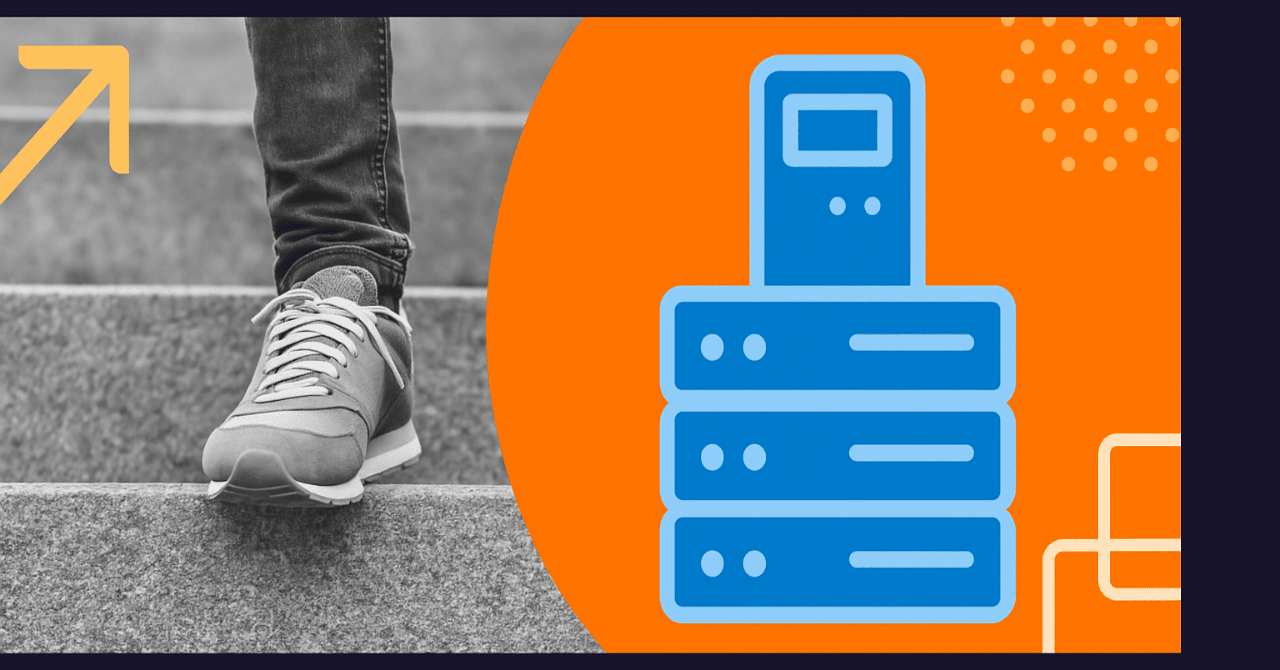You already know that edge computing brings data processing closer to where it’s needed, cutting latency, boosting performance, and enabling real-time decisions.
But how do you actually build an IT infrastructure that delivers on that promise?
If you're planning to deploy or scale an edge solution, getting the architecture right is key. In this guide, we’ll walk through eight practical steps to help you design an edge architecture that’s reliable, efficient, and ready to grow with your business.
Why architecture matters at the edge
Edge architecture is the foundation that keeps data moving, decisions happening in real time, and operations running smoothly, even in tough environments or remote locations. From a sensor on a truck to a smart camera in a store, the whole system depends on having the right infrastructure behind it.
Here, we’ll walk you through how to design edge architecture that’s built to last, how to pick the right hardware, and what makes a deployment successful, whether you’re just getting started or scaling fast.
Get your edge architecture wrong, and you risk bottlenecks, downtime, and costly inefficiencies that can slow your entire operation.
What goes into your edge architecture?
Think of your edge setup like a well-organized relay team, every part has a role, and the timing has to be spot on.
It all starts with your edge devices. These are the data collectors: sensors, cameras, and other smart endpoints. From there, edge servers take the baton, processing that data locally so insights can be acted on immediately. Depending on your setup, some data might head to the cloud for storage or deeper analysis, but not everything needs to make that trip.
To keep things fast and efficient, many setups use local or micro data centers. These are small but mighty hubs that help handle the load without involving a distant central server. That means faster responses, better resilience, and a lighter load on your network.
Choosing the right mix of devices, designing how they connect, and making sure everything fits your environment is vital. Done right, your edge architecture will be ready for almost anything.
Hardware and resource planning
Let’s get into the practical side of edge computing, what kind of gear do you actually need?
Start by looking at the workload. Are you running lightweight monitoring software or heavy-duty AI inference models? That will determine your compute needs: CPU power, memory, storage, and maybe even dedicated GPUs or AI accelerators.
Next, think about where it’s going. A controlled indoor environment is one thing. A dusty warehouse or roadside cabinet is another. That’s why rugged design, fanless cooling, and compact form factors matter so much. The device has to perform reliably without needing constant attention.
We offer custom-configured systems at Simply NUC, so you get exactly what you need to support your IT infrastructure.
Your checklist
Here’s a breakdown of 8 essential steps to consider when creating your edge architecture:
- Define the business goals and use case
Understand the problem you're solving. Are you enabling real-time analytics? Reducing latency in manufacturing? Supporting IoT in retail? Powering AV installations in remote locations? - Map data sources and edge locations
Identify where your data is being generated; IoT devices, sensors, cameras, and determine which locations need local processing versus central aggregation. - Select the right edge hardware
Choose edge devices that match the workload. This includes ruggedized mini PCs or edge servers (like Simply NUC’s extremeEDGE™ servers) with the right CPU/GPU, memory, and form factor for the environment. - Choose your software stack and OS
Pick an operating system and runtime environment suited to your application (e.g., Linux for industrial, Windows for office environments), and make sure it supports containerization or orchestration if needed. - Design for connectivity and networking
Determine how edge devices will communicate with each other, the cloud, and back-end systems. Plan for intermittent connectivity, low bandwidth, and secure data transmission. - Plan for data management and storage
Decide what data gets processed locally, stored temporarily, or forwarded to the cloud. This includes filtering, compressing, and securing the data at the edge. - Build in security and compliance from the start
Consider encryption, secure boot, identity management, and data sovereignty. This is especially critical in sectors like healthcare, finance, and defense. - Enable remote management and scalability
Use tools like BMC (Baseboard Management Controller) or Simply NUC’s NANO-BMC for remote monitoring, updates, and troubleshooting, essential when deploying at scale or in hard-to-reach places.
Useful Resources:
Edge computing in manufacturing


